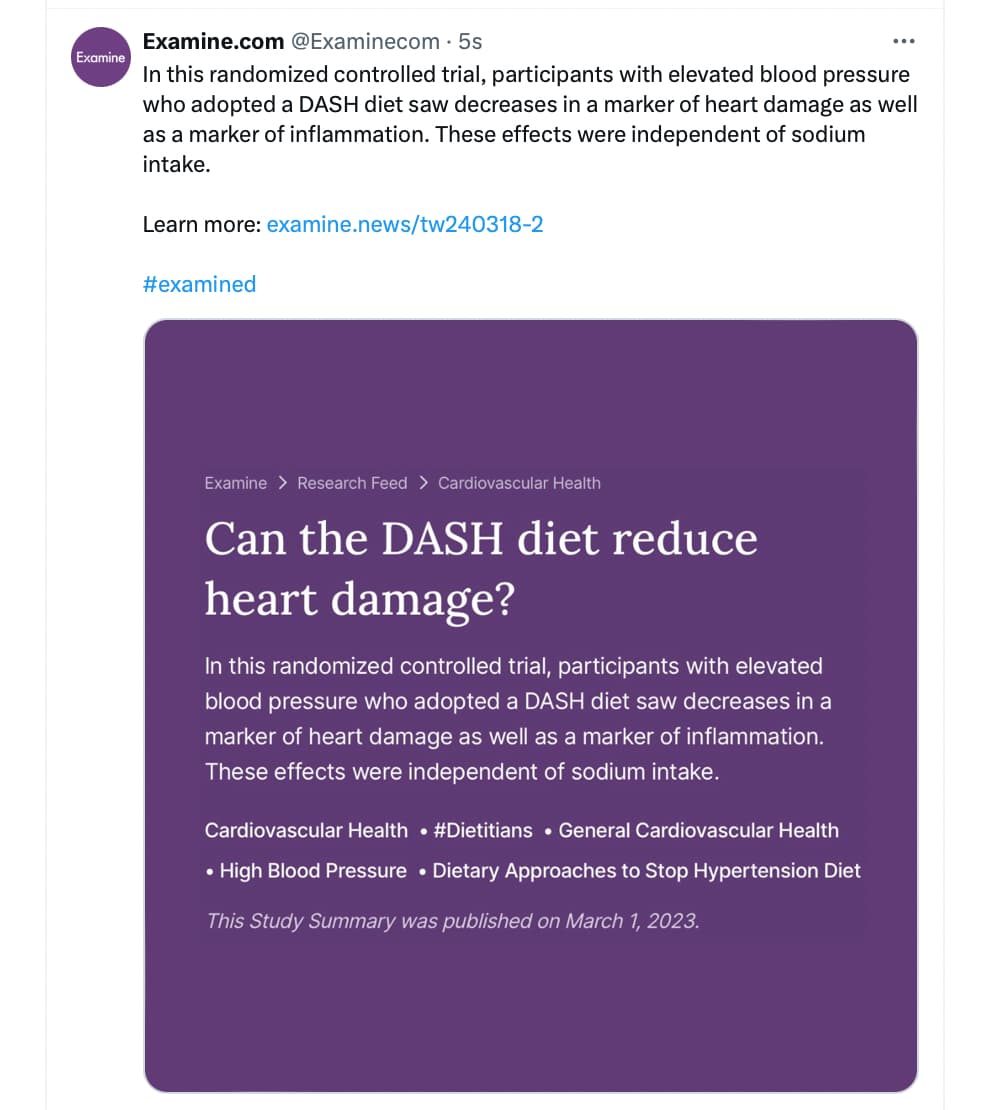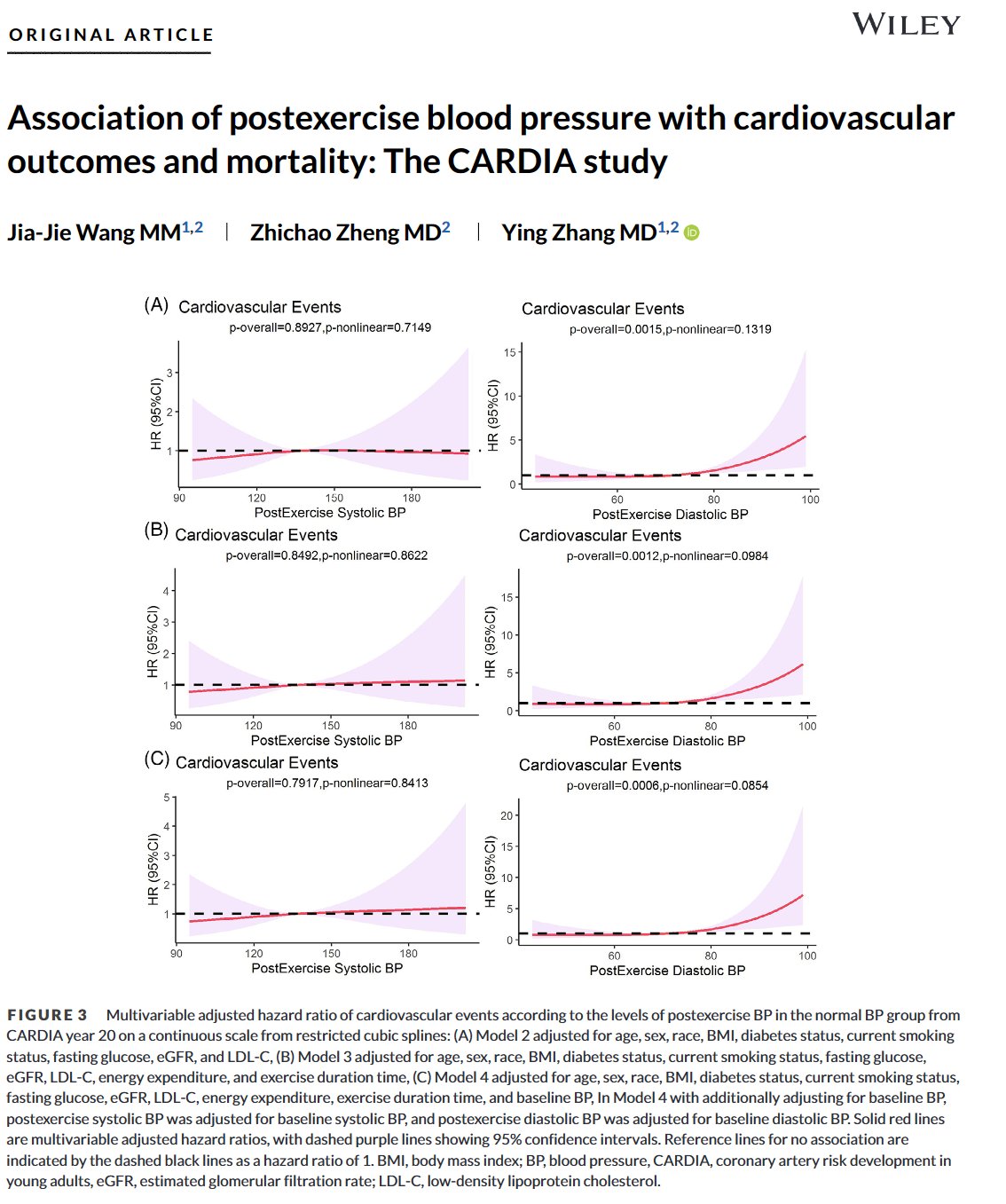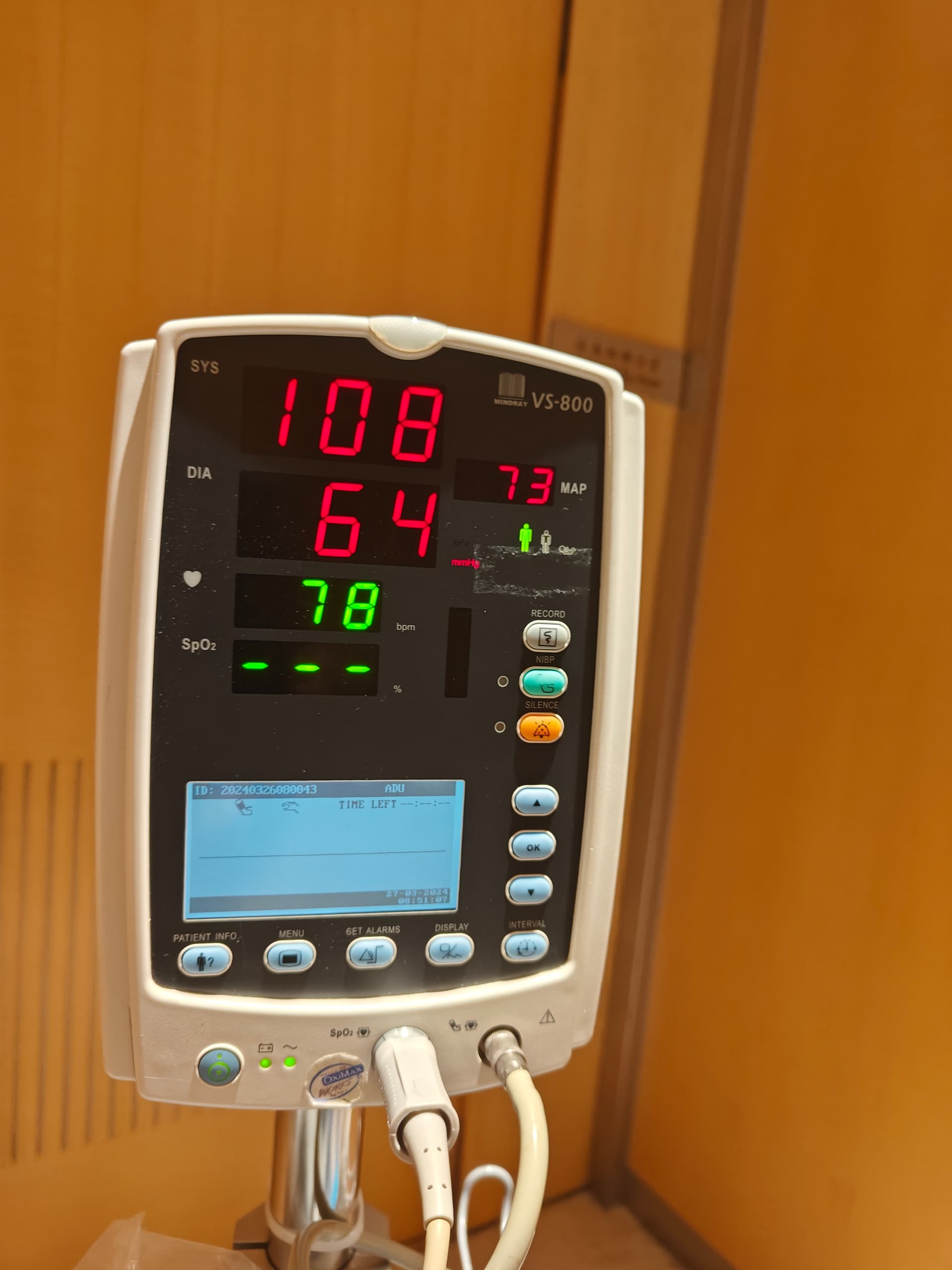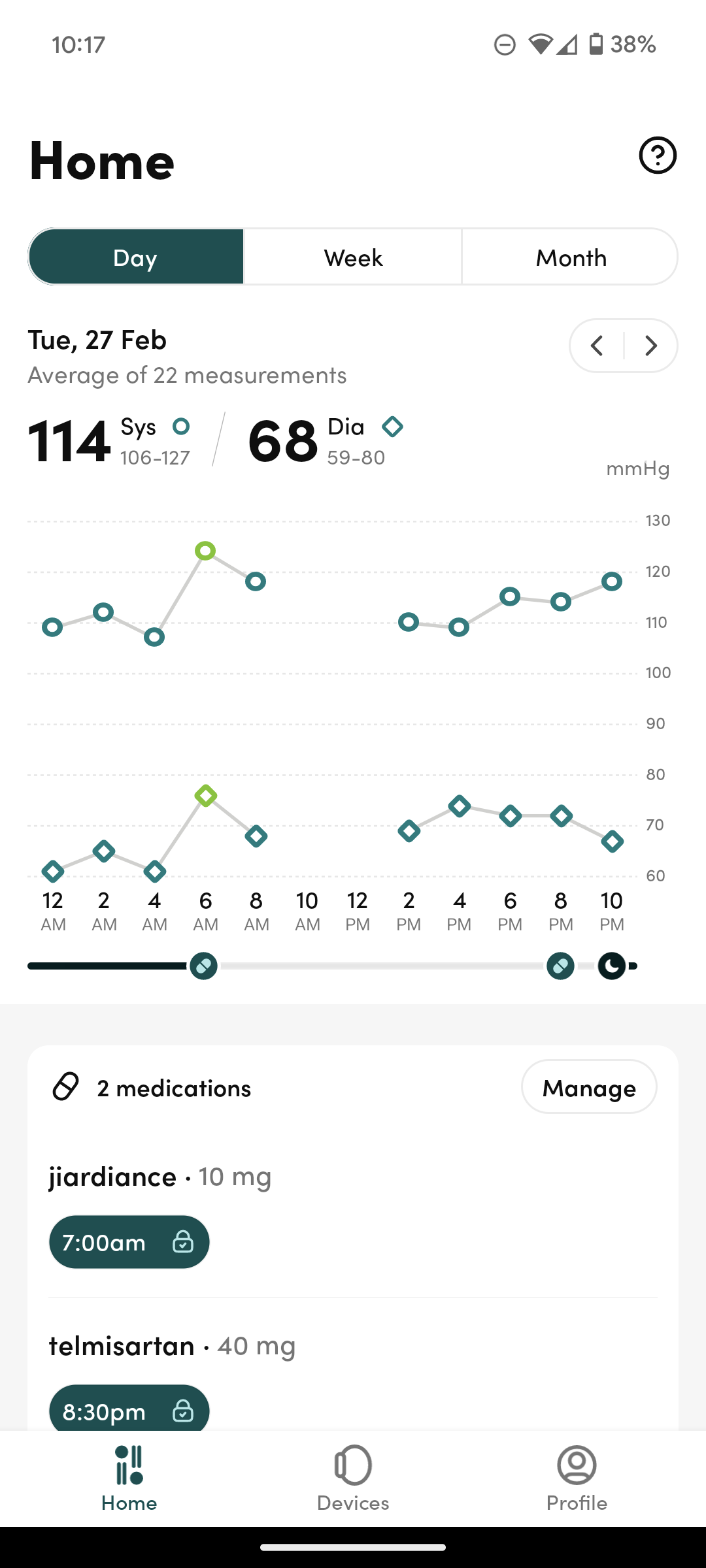Thanks. never knew that pulse pressure was the cause of dizzy-when-I-stand-up. I don’t get that anymore but my fitness level isn’t what it was either.
Sorry I wasn’t clear, I had lower blood pressures then and there is also some reduced sympathetic response in athletes as well. Also who knows if I was rehydrating properly.
I don’t understand. Could you please give examples of BP figures (SBP and DBP) that could be indications of either arteriosclerosis or increased cardiac output in young athletes?
purely made up examples:
Atherosclerotic obese and diabetic 65 year old male: 160/110
Ultramarathoner 27 year old male 110/60
Both have pulse pressure of 50 mm Hg
So obviously the really stiff vessels can give you very high BP.
But regarding the title of this thread, high cardiac output of hypertrophic athlete heart can easily bring the systolic BP over 100 and be PERFECTLY FINE… as long as your diastolic is low.
At least that’s how I understand the cardiovascular physiology, I am not a cardiologist.
OK, thanks, that makes sense.
This study found post-exercise diastolic blood pressure to be associated with major adverse cardiovascular events and all-cause mortality in adults with a median age of 46 years who were followed up for a median of 16 years.
Postexercise blood pressure (BP) may be a better predictor of cardiovascular risk than office BP, but there is a lack of data supporting this claim. We hypothesized that postexercise BP may be an important prognostic marker. Our aim was to evaluate the association of postexercise BP with major adverse cardiovascular events (MACE) and all-cause mortality. A total of 2581 participants (median age, 46 years; 55.9% women) from the Coronary Artery Risk Development in Young Adults study at year 20 (2005–2006) who underwent a graded exercise treadmill test using a modified Balke graded protocol were included. Postexercise BP was measured at baseline. Cox models were used to estimate the associations of postexercise BP with MACE and all-cause mortality. Participants were followed up until December 31, 2021. In the entire population, postexercise systolic BP showed no significant association with MACE or all-cause mortality, while postexercise diastolic BP was associated with MACE (hazard ratios [HR], 1.27 [95% CI, 1.06–1.52], per 10 mmHg increase) and all-cause mortality (HR, 1.26 [95% CI, 1.05–1.51], per 10 mmHg increase). In the normal BP group, postexercise systolic BP was not significantly associated with MACE or all-cause mortality, and postexercise diastolic BP was strongly associated with MACE (HR, 1.57 [95% CI, 1.18–2.09], per 10 mmHg increase). In this population-based cohort study, postexercise diastolic BP was significantly associated with the risk of MACE and all-cause mortality. Among individuals with normal BP, postexercise diastolic BP could identify those at a higher risk of cardiovascular events.
I think there is an issue with blood pressure in that average arterial pressure is perhaps more important than systolic itself. However, the studies tend to look at systolic without considering the effect of stroke volume.
Then again pulse pressure can be high from either inflexibilty in the arteries or a high stroke volume.
Thanks for sharing it. Another paper confirming that BP variability (post-exercise, intra-day, intra-week, over time, etc.) matters more than mean BP:
This population-based cohort study showed that postexercise diastolic BP was associated with MACE and all-cause mortality, and this relationship remained significant after adjusting for baseline diastolic BP. These findings were consistent across sensitivity analyses which restricted the population to individuals not taking antihypertensive medications, subgroup analyses, and analyses of secondary outcomes. Furthermore, in the normal BP group, postexercise diastolic BP still showed a significant association with MACE. Specifically, higher postexercise diastolic BP was associated with a higher risk of MACE. Early antihypertensive treatment may be beneficial for these individuals.
The unknown is: how to best treat elevated post-exercise diastolic blood pressure? Probably the same as for elevated BPV? So a combination of long-acting drugs? (e.g., telmisartan + amlodipine + indapamide SR)
Do you mean MAP calculated as DBP + (PP)/3?
Yes. That is the formula I use.
The p values for systolic BP in the study are all too high to be useful.
The p values for diastolic BP are very good. Why is there such a difference in p values between the systolic and diastolic results?
I would guess that disastolic guides the Mean Arterial Pressure more than systolic.
Of course, it’s useful. That’s why the authors correctly concluded that: “postexercise systolic BP showed no significant association with MACE or all-cause mortality”
I do a yearly Bruce protocol at the doctor, we have to go to 85% HR, I usually go till I want to stop which is just before I would fall off the treadmill. This year I went 15 min 25 sec. and HR and BP were as follows:
HR BP
66 110/70
83 120/60
73 124/60
103 130/68
121 130/70
148 140/80
My 85% max is 133, so I am well past on the last one. It turns out the diastolic never really moved, while the systolic went up right along with HR.
Never looked at this before.
This is what I like to see. It’s always been in the 120-130/80 range before. Currently at my checkup at the hospital.
Just wondering if your BP is lower first thing in the morning?
Maybe my coffee has been raising my BP? I’m fasting right now and skipped my morning cuppas.
Actually I think it may be my daily L-citrulline tea that’s doing it. Either way, I’m happy.
I’ve been monitoring my BP with the Aktiia bracelet for the last few months. Typically, my BP drops over night while asleep, then comes up 5-10 points around wakeup. I assume it has to do with am cortisol release. It typically comes up before I even get a cup of coffee. Below is an example of the early rise.
SInce I have been taking L-citrulline I have seen a drop of about 4-5 points. Went from average of 111/66 to 106/64.
This is my pattern as well. I have highest BP readings around my wake up time.
It could also be the Taurine. According to Consumer lab, Taurine reduces SBP by 7 and DBP by 5 over long term use (12 weeks). Another great reason to take taurine!
Mine averages 115/74. I’ve been taking 3g citrulline and 1 gram of taurine daily but has had no effect on my BP. The few times it went below 110/70 were at night.
Sorry for lowering the level of conversation but those of us over 65-75 should be equally concerned with low BP. A conk on the head can be more life threatening than BP in the upper normal range. I have had several relatives with this problem and I suspect I am at risk. My measured BP varies across the day from 125/75 to 110/68 but I suspect that it drops below that. My daytime resting pulse is in the mid- to high 40’s my sleeping pulse is in the mid to low 40’s. Some of this is due to a lifetime of distance running and some is genetic. I have yet to be dizzy from transitory low BP but I am prepared for it to happen as I age.



